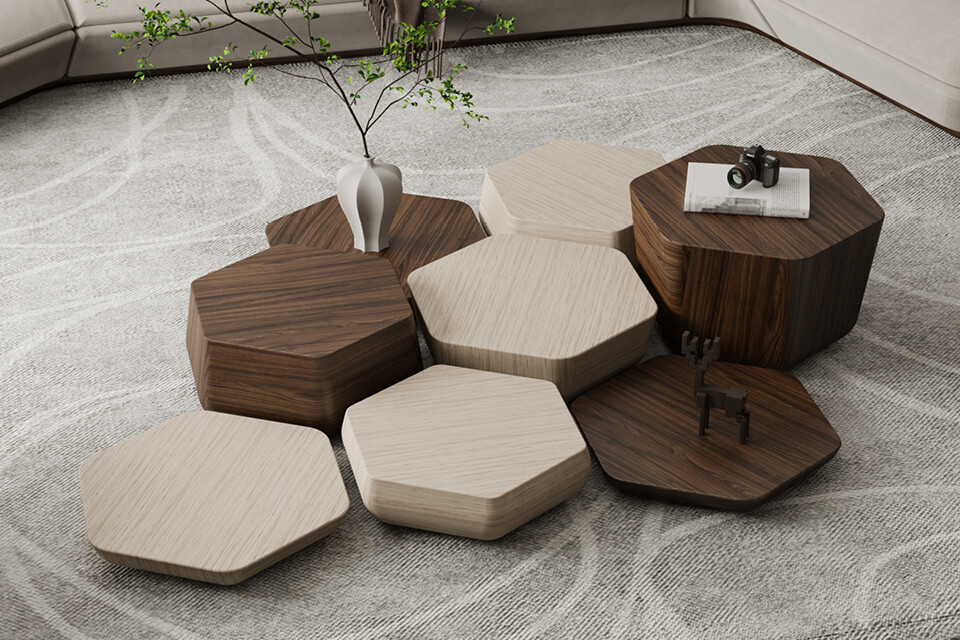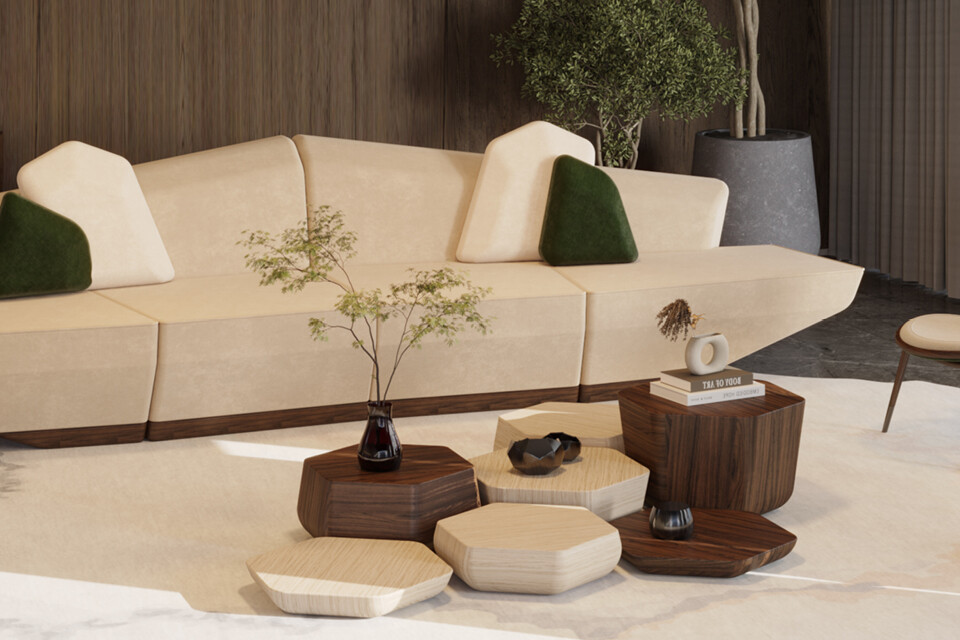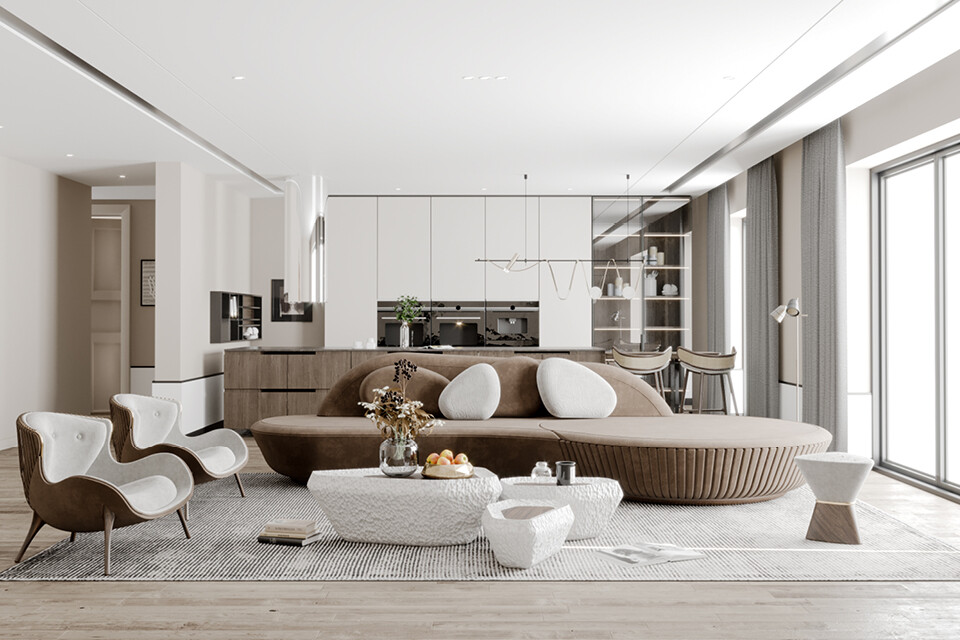Minimalist design is centered around the idea of focusing on essential elements. It encourages the removal of excess and emphasizes the incorporation of only necessary elements in home decor. This design philosophy aims to create spaces that are simple and sophisticated. The key characteristics of minimalist design are clean lines and simple shapes. Architects and designers utilize these aesthetic principles to create an atmosphere that is calm and orderly.
By incorporating geometric shapes and understated elegance, the overall sense of harmony is enhanced. Tidiness and organization are crucial aspects of minimalist design. By practicing the art of tidiness, one can promote clarity of mind and improve the visual appeal of living spaces. Thoughtfully arranging elements in a deliberate manner helps to inspire tranquility and enhance the user experience. Minimalist design offers a timeless elegance that goes beyond passing trends. By embracing clean lines, simplicity, and a restrained color palette, minimalist spaces exude sophistication and refinement.
The absence of clutter and excessive ornamentation ensures that the design remains visually appealing and relevant for years to come. Whether it's a residential home, a commercial space, or a public building, minimalist design provides a foundation for creating enduring spaces that withstand the test of time.

Functionality is a fundamental aspect of minimalist design. It involves removing unnecessary clutter and focusing on essential elements to create highly functional spaces optimized for their purpose. Minimalist design emphasizes efficient space utilization, clear organization, and smooth circulation. Strategic furniture placement, thoughtful storage solutions, and meticulous attention to detail enhance usability and practicality. Whether it's a compact urban apartment or a large office complex, minimalist design allows architects and designers to maximize efficiency and support the activities taking place within the space.
Minimalist design offers a versatile foundation that can easily adapt to different design styles and preferences. Its neutral color palette, clean lines, and simple forms serve as a blank canvas for incorporating various materials, textures, or splashes of color. Whether it's a contemporary, Scandinavian, or industrial aesthetic, minimalist design seamlessly integrates with diverse design approaches. This flexibility enables architects and designers to tailor the space to specific client needs and project requirements, resulting in a personalized and unique outcome. Minimalist design can be combined effortlessly with other design styles to create distinctive and personalized spaces, whether by incorporating rustic elements or adding touches of luxury.
While minimalist design is commonly associated with neutral colors like white, gray, and earth tones, it can also include vibrant pops of color to create visual interest and focal points. The key is to maintain a sense of simplicity and balance within the overall design scheme.

Many clients appreciate minimalist design for its sophisticated and elegant aesthetic. Its clean and uncluttered look appeals to those seeking a sense of calmness and order in their surroundings. Minimalist spaces offer a serene and inviting atmosphere that allows occupants to unwind, relax, and fully engage with the environment. The timeless and refined qualities of minimalist design resonate with clients who value simplicity, elegance, and a modern aesthetic. By incorporating minimalist elements, designers and architects can cater to the preferences of their clients, creating spaces that align with their vision and provide an exceptional experience.
In today's design and architecture industry, sustainability is a pressing concern. Minimalist design inherently aligns with sustainable practices by its very nature. By focusing on essential elements and eliminating excess, designers can minimize waste, energy consumption, and the use of excessive materials. The emphasis on simplicity and functionality ensures that resources are used efficiently, and spaces are optimized for sustainable living.
Minimalist design actively encourages the use of environmentally friendly materials, such as reclaimed wood, natural fibers, and energy-efficient lighting solutions. By incorporating minimalist design principles, architects and designers can make valuable contributions to creating a more sustainable built environment. The reduction of unnecessary elements in minimalist design not only minimizes the environmental impact of a project but also maintains a high level of functionality and aesthetic appeal. By prioritizing sustainability, minimalist design promotes waste reduction, resource conservation, and the use of eco-friendly materials.

The living room is the focal point of any luxury home, and adopting a minimalist approach can create a serene and inviting atmosphere. Designers responsible for the project can start by exploring a neutral color palette, such as whites, grays, and earth tones, to establish a calming and timeless setting. This allows other design elements to take the lead role, promoting a sense of calm.
When selecting furniture for the living room, prioritize simple pieces that emphasize functionality and elegant design. The goal is to create an environment that exudes elegance and offers a sense of openness.
Carefully chosen decorative items and artwork can add personality and visual interest while maintaining a minimalist aesthetic. By selecting pieces that align with the overall design theme, architects and designers can create a harmonious and captivating living room space.

Architects and designers can extend the principles of minimalism to the dining area, creating an ambiance that encourages mindful eating and meaningful connections. By adopting a minimalist approach to dining spaces, they can eliminate visual distractions and create an environment that fosters a heightened dining experience.
The bedroom is a sanctuary for rest and rejuvenation, and a minimalist design approach can enhance its calming atmosphere. Creating a clutter-free environment by selecting furniture and decor that aligns with minimalist principles is the right path to minimalist design. By incorporating innovative storage solutions, they can maintain a visually clean and organized space, promoting relaxation.
Minimalist bedding and accessories play a significant role in contributing to a peaceful and welcoming environment. By selecting minimalist bedding, lighting and decorative items, an atmosphere of serenity and understated luxury can be created.

Architects and designers can extend the principles of minimalism beyond specific rooms, bringing its transformative power to various areas of luxury homes. By applying minimalist design principles to home offices, they can enhance productivity and focus. Clean and clutter-free workspaces, ergonomic furniture, and thoughtful storage solutions contribute to a conducive environment that inspires creativity and efficiency.
The bathroom, another space of importance, can exude simplicity and elegance through minimalist design. Architects and designers can incorporate clean lines, natural materials, and ample storage solutions to create a spa-like atmosphere that promotes relaxation and rejuvenation.
Even outdoor spaces can benefit from minimalism. By extending minimalist design principles to outdoor areas, architects and designers can create a harmonious and inviting environment. Thoughtful selection of outdoor furniture, landscaping, and a focus on simplicity ensures a seamless transition from indoor to outdoor living.
Minimalist design in luxury homes goes beyond opulence. By embracing simplicity, functionality, and curated aesthetics, architects and designers have the ability to create living spaces that offer a tranquil escape from the outside world. Through the implementation of minimalist principles, luxury homes can become havens of peace, clarity, and well-being. Let the transformative power of minimalism inspire your next architectural masterpiece, where opulence seamlessly merges with the serene beauty of minimalist design.

Incorporating minimalist design principles in architectural and interior projects brings numerous benefits. From timeless elegance to enhanced functionality, minimalist design offers a versatile and sustainable approach to creating exceptional spaces. Its focus on simplicity, functionality, and aesthetics provides a strong foundation for designing spaces that withstand the test of time and promote the well-being of their occupants. Whether it's a residential, commercial, or public project, embracing minimalist design principles can elevate the quality and experience of the built environment. By combining thoughtful design, attention to detail, and a deep understanding of client needs, architects and designers can create spaces that inspire, engage, and leave a lasting impression. If you are looking for more information about minimalist design, we invite to read our blog article “Living room decor: When less is more”.